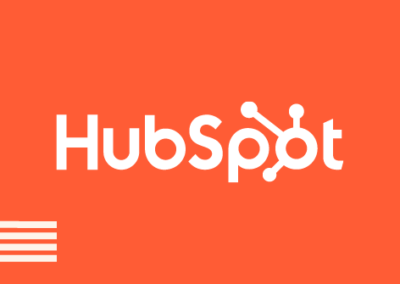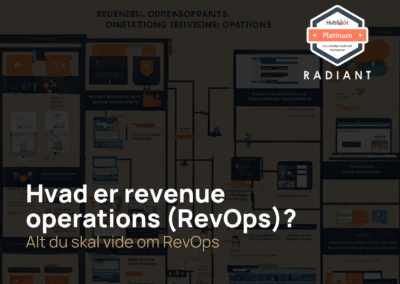Service-level agreements (SLAs) are a vital part of B2B relationships. These agreements are more than just formalities; they’re pivotal for defining and managing expectations between parties, be it internally between departments, or externally between a business and its customers. This blog post will help you understand the intricacies of SLAs, elucidating what they are, why they’re vital, the different types, key components, best practices, and pertinent metrics to monitor. Furthermore, we’ll discuss how platforms like HubSpot can revolutionize your SLA management, ensuring you exceed customer expectations while meeting business objectives.
What are Service-Level Agreements?
Service-level agreements (SLAs) are formal, negotiated agreements between two parties: a service provider and a client. The main purpose of an SLA is to establish a common understanding of the services, priorities, responsibilities, and guarantees concerning the service provider’s performance. It sets out a detailed and measurable framework for the delivery of a service, ensuring that the client’s expectations align with the service provider’s capabilities.
Who provides the Service-Level Agreement?
The service provider is responsible for providing the SLA. These providers can be external businesses offering specialized services such as IT support, cloud computing, or logistics. Alternatively, they can be internal departments within an organization, such as human resources or information technology departments, providing services to other parts of the business.
Why do I need an SLA?
An SLA is essential because it defines the level of service expected and provides a clear measure for service delivery. It establishes a shared understanding of what constitutes satisfactory service, thereby reducing the potential for disputes. SLAs also provide a means for the client to assess the performance of the service provider and can form part of the service provider’s performance management system.
Three types of Service-level agreement
When it comes to finding the service-level agreement, there are three different versions to choose between.
Customer service-level agreement
This is a specific agreement between a service provider and an external customer. It details the scope, quality, and timing of the service to be delivered.
Internal service-level agreement
This is an agreement between an internal service provider (like an IT department) and another part of the same organization. It outlines the expectations of the internal provider’s performance to support other departments in meeting their objectives.
Multilevel service-level agreement
This is a complex agreement that covers multiple services, often involving several service providers and customers. It is used to avoid duplication and contradiction that might arise when separate agreements are made.
What are the key components of an SLA?
Key components of an SLA include service description, performance measurement, problem management, customer duties, warranties, disaster recovery, termination terms, and a method for resolving disputes.
SLA best practices
Realistic and clear goals that can be measured: Goals set in the SLA should be Specific, Measurable, Achievable, Relevant, and Time-bound (SMART).
Attention to the details: Every aspect of the service provision, including the responsibilities of all parties, should be clearly described to avoid misunderstandings.
Define the metrics very precisely: Metrics should be specific, relevant, and easily measurable, such as response times or resolution times.
What Kind of Metrics Should be Monitored?
Metrics to be monitored will depend on the service but can include uptime/downtime durations, speed of response, successful task completion, error rates, and customer satisfaction scores. The key is to ensure that the metrics align with the service’s goals and the customer’s expectations.
Why Use HubSpot for Your SLAs?
HubSpot can help you when it comes to managing your service-level agreements, we have gathered some of the reasons down below:
- Firstly, HubSpot provides a comprehensive platform to manage all your SLA activities. It allows you to create, monitor, and report your SLAs all from one place. This centralized management reduces the chance of missing critical SLA milestones.
- Secondly, HubSpot is built around the customer experience. It provides tools to ensure that your SLAs are customer-focused. By setting customer-centric SLAs, you can ensure you’re meeting the expectations of your customers and delivering high-quality service.
In short, HubSpot provides a powerful, user-friendly platform for managing your SLAs, helping you stay on top of your obligations and exceed customer expectations.
To use HubSpots Service-level agreement you need HubSpot Service Hub.




